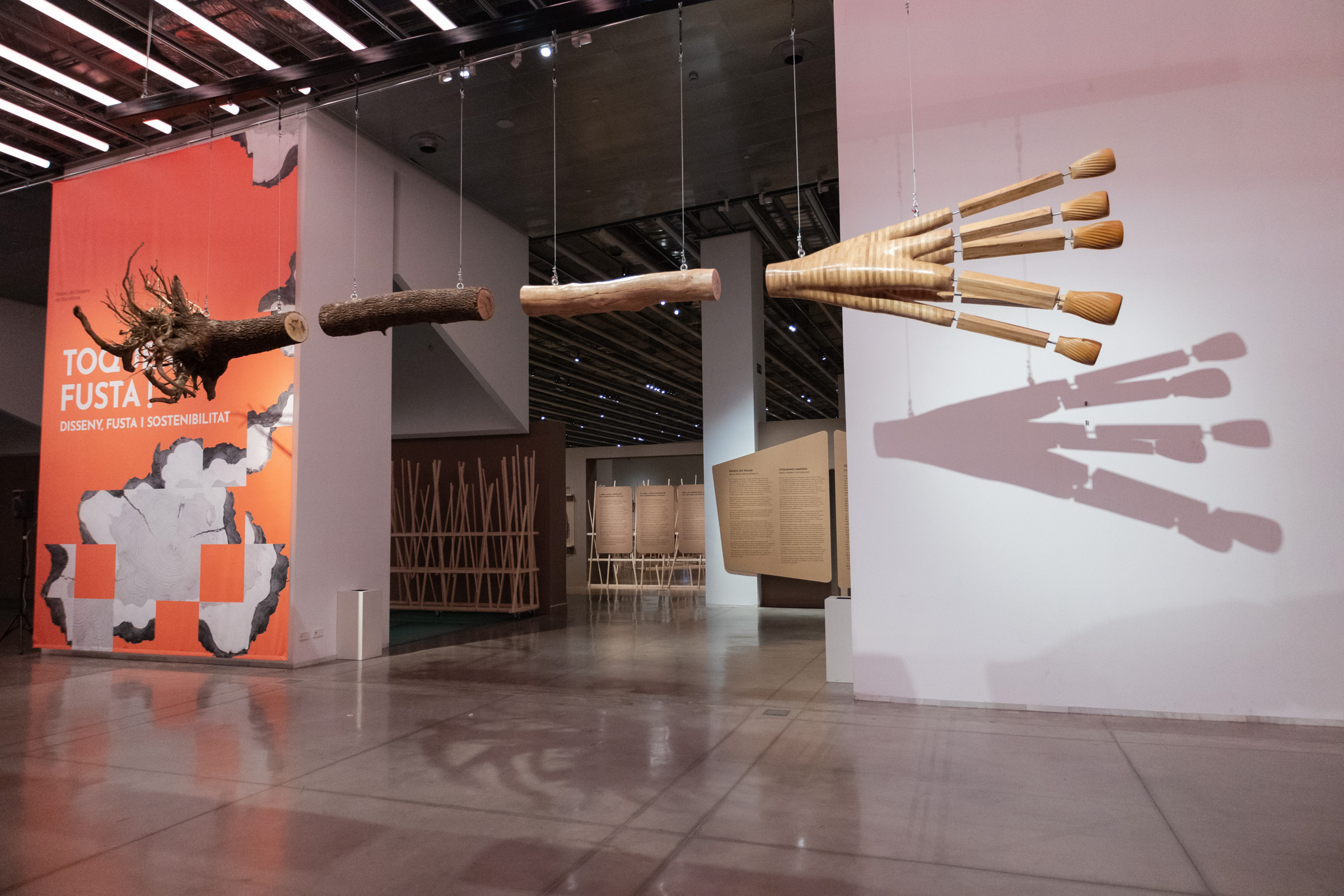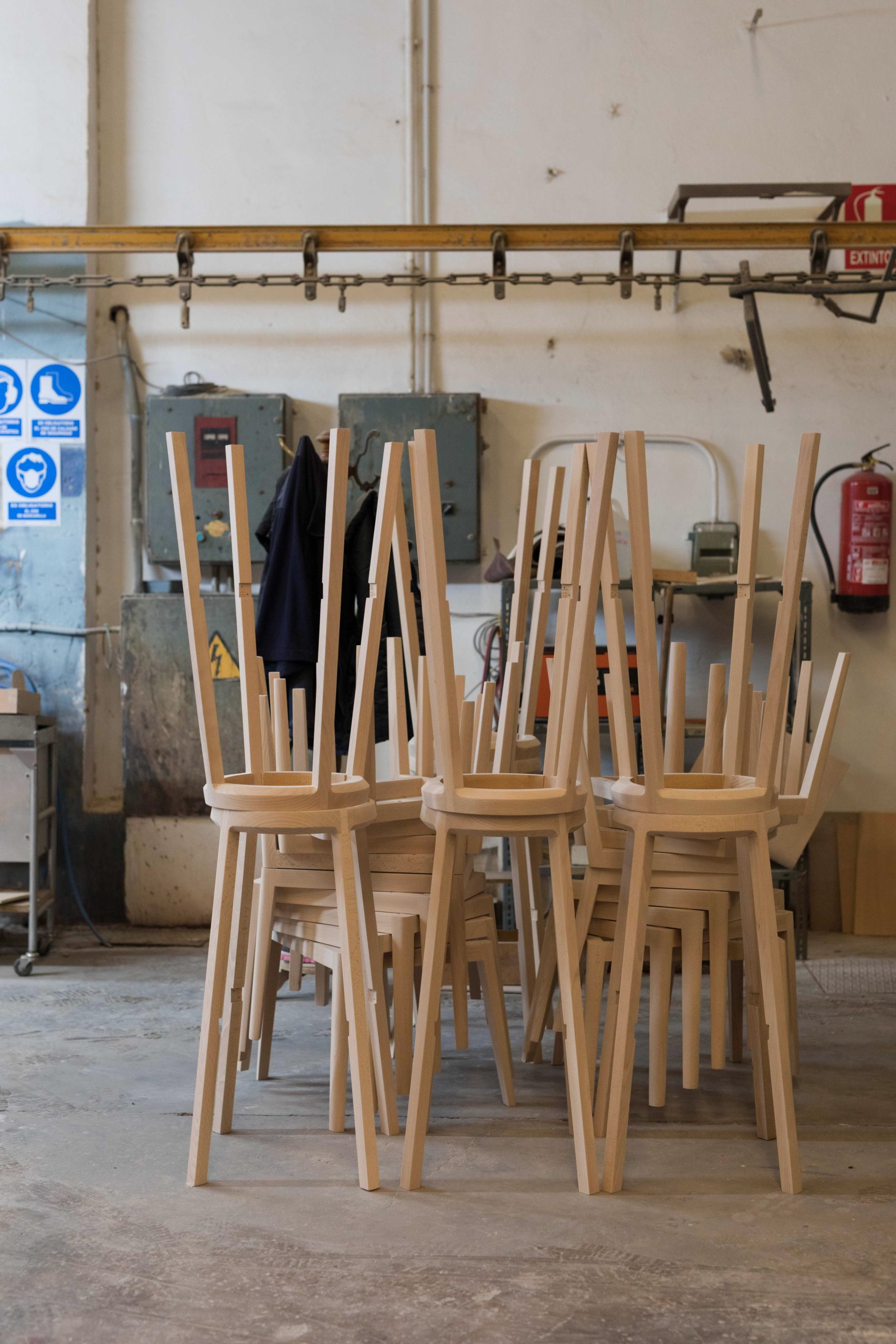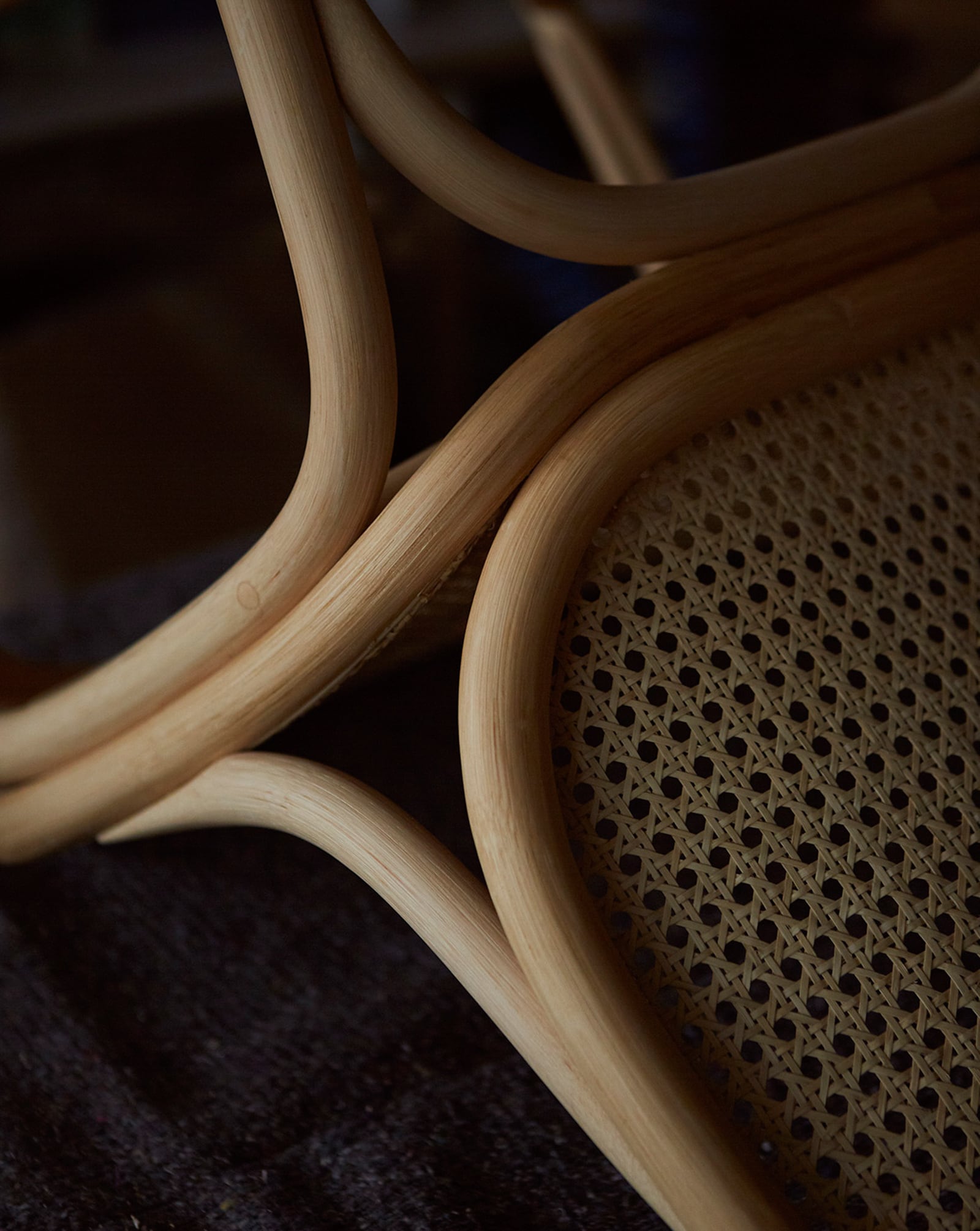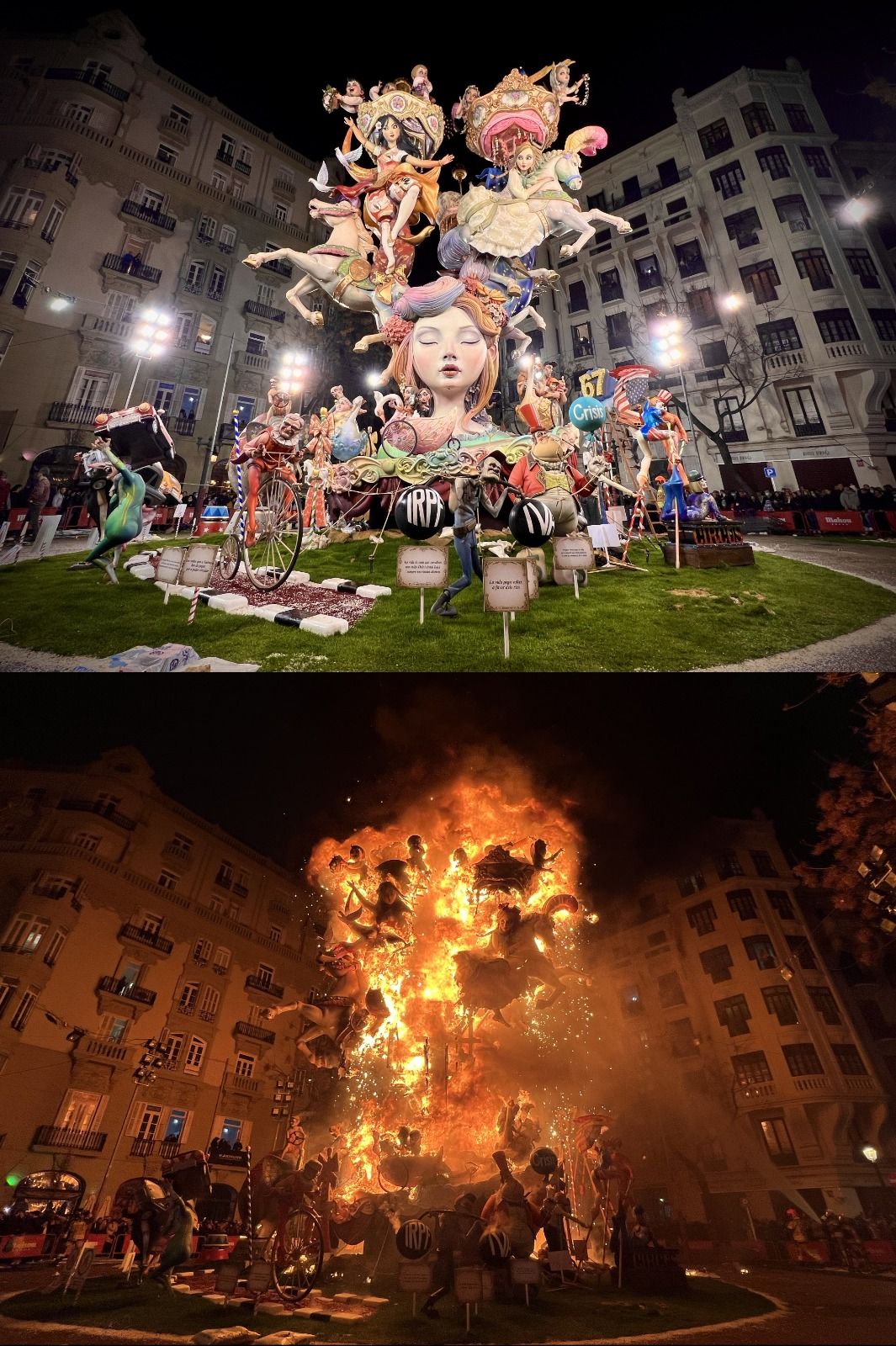Eli Gutierrez has joined LZF’s roster of accomplished designers. Born in Valencia, Eli is a self-described nomad, having lived in a number of locations. After completing her initial studies, Eli moved to London to study for a master’s in Product Design at the city’s prestigious Royal College of Art. She then lived and worked in Milan and Paris, before establishing her own design studio in 2016.

Eli Gutierrez. Photo © Jaime Ferrer.
Eli’s creative journey to date is one that has embraced diversity, taking risks, and challenging herself. She draws inspiration from places, cities, people, and objects. A curious and cosmopolitan individual, Eli’s personalty is very much reflected in her work.
LZF is thrilled to collaborate with Eli Gutierrez on a new collection of lamps. Here, we talk with Eli to find out more about her work, creative passion, and design philosophy.
You were born in Valencia and your studio now works between Paris and Valencia. How has this Mediterranean city shaped you as a creative individual?
(EG) As someone who is a nomad, I decided to leave Valencia after completing my studies. I packed my suitcases and moved to London to study at the Royal College of Art. From there, I moved to Milan where I worked with the Spanish architect and designer Patricia Urquiola. Later, I went to Paris where I collaborated with French designer Philippe Starck and Iranian-French architect and designer India Mahdavi.
I believe these experiences helped me to shape the way in which I create—there are bits of Spanish, Italian, English, and French in my work. What’s more, the boldness and gestures found in Mediterranean culture, along with the light in the city of Valencia, adds to my design language.
Colour plays an important role in your design vision and approach. Can you say more about your relationship with colour.
(EG) Sometimes, when you design, you need to let the project talk. For me, colour is a great tool, but I think its use depends on the typology of the project.
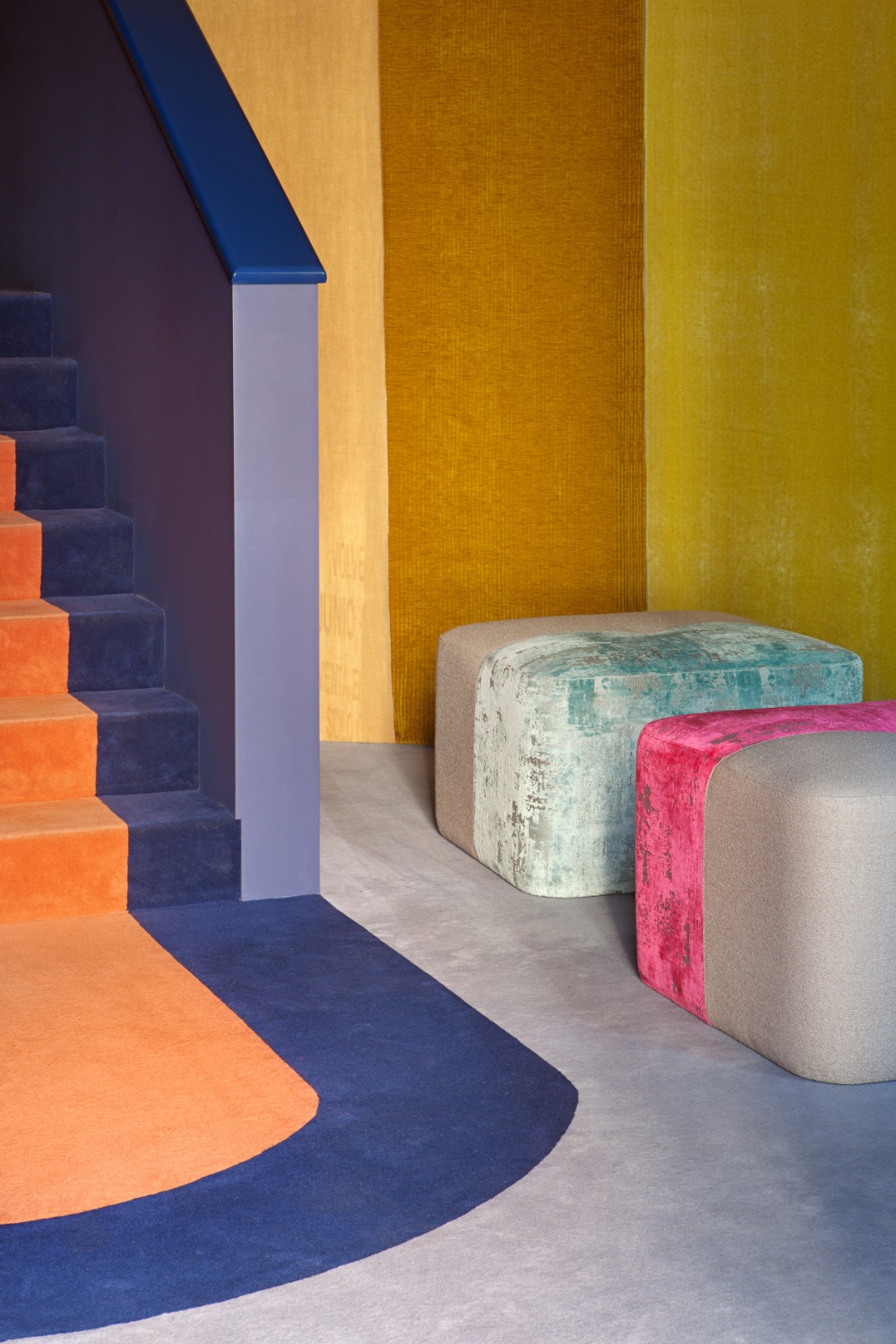
‘Spectrum’ by Eli Gutierrez studio: an installation for Spanish textile company Gancedo at Casa Decor 2020. Photo © Asier Rua.
In my work, the use of colour and pattern is unconventional—I use it to provoke sensations. If the project needs colour and this becomes an important element, then the end result will be pure colour. Alternatively, when the project doesn’t need colour and the key element is the design or material, then the project can be colourless.
Your studio works across a number of design disciplines. Is there a philosophy or way of thinking that underpins your various strands of work?
(EG) We are happy with every discipline and project that we work on at the studio, and we like to change scale, something that is fascinating and enriching. Each project has its own story. We might start with a material, a technology, or a need—it is this diversity that motivates and inspires us.
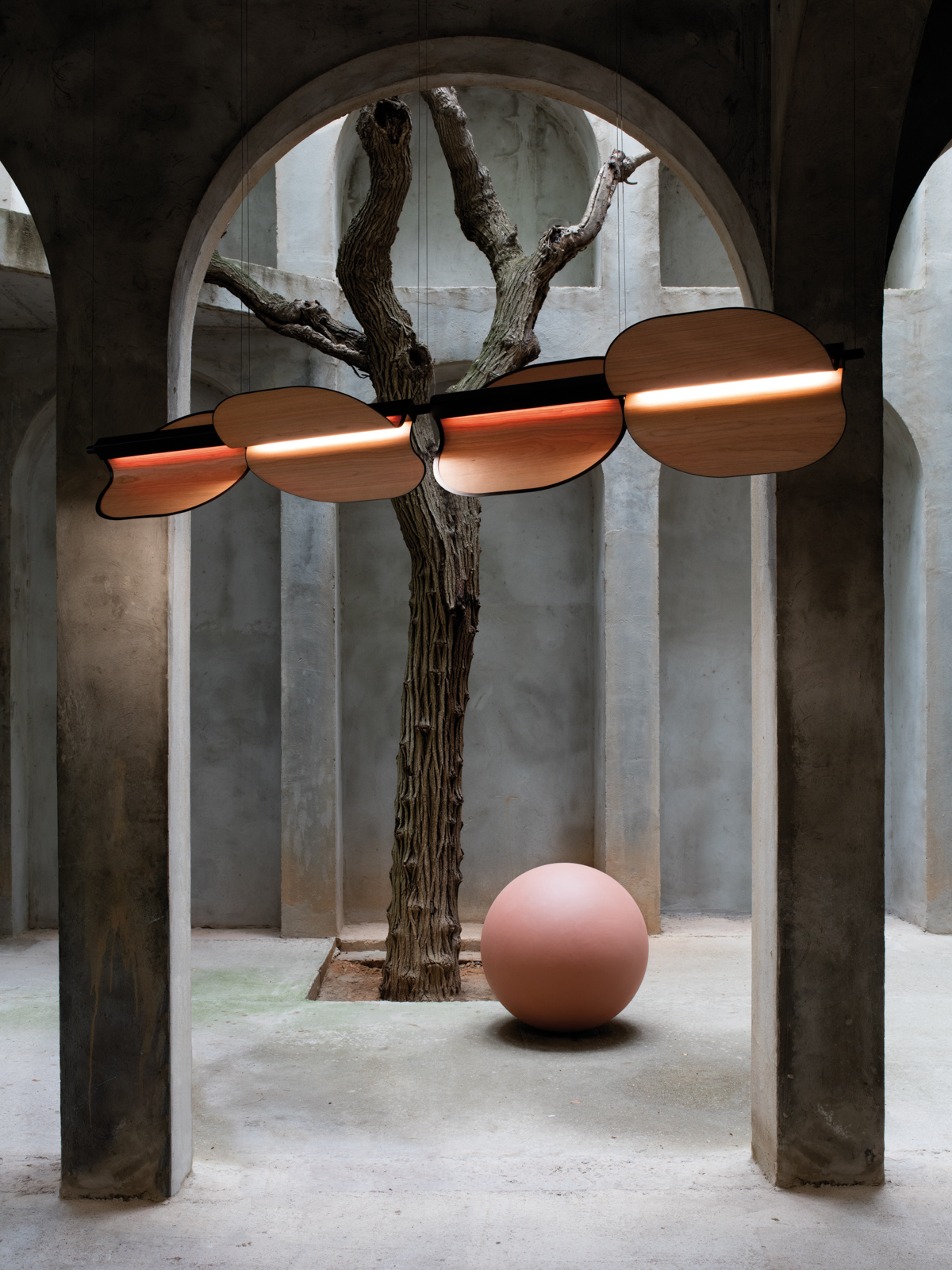
‘Leaves of Light’. The Omma Suspension lamp designed by Eli Gutierrez for LZF.
We always start a project by analysing the client and the product, and search for inspiration that reflects the project’s mood. This inspiration provides a basis and acts like a frame, helping us to decide on the project’s key elements as part of the design process. Diversification is one of our hallmarks—we explore a number of directions, taking risks and pushing boundaries. I think that stepping out of your comfort zone is important for growth. Irrespective of the discipline in which you are working, it is necessary to create your own language, while respecting the identity of every company with which you collaborate.
You use the expression ‘world citizen’ to define your cosmopolitan and cross-cultural approach. Can you say more about this.
(EG) I am a cosmopolitan and curious person, something I would say is due to my nomad lifestyle. The countries I’ve lived in, the people I’ve worked with, the curiosity that has me wanting to discover and create ad hoc stories for every project, the need to absorb everything around me . . . it all adds up to my being a ‘world citizen’.
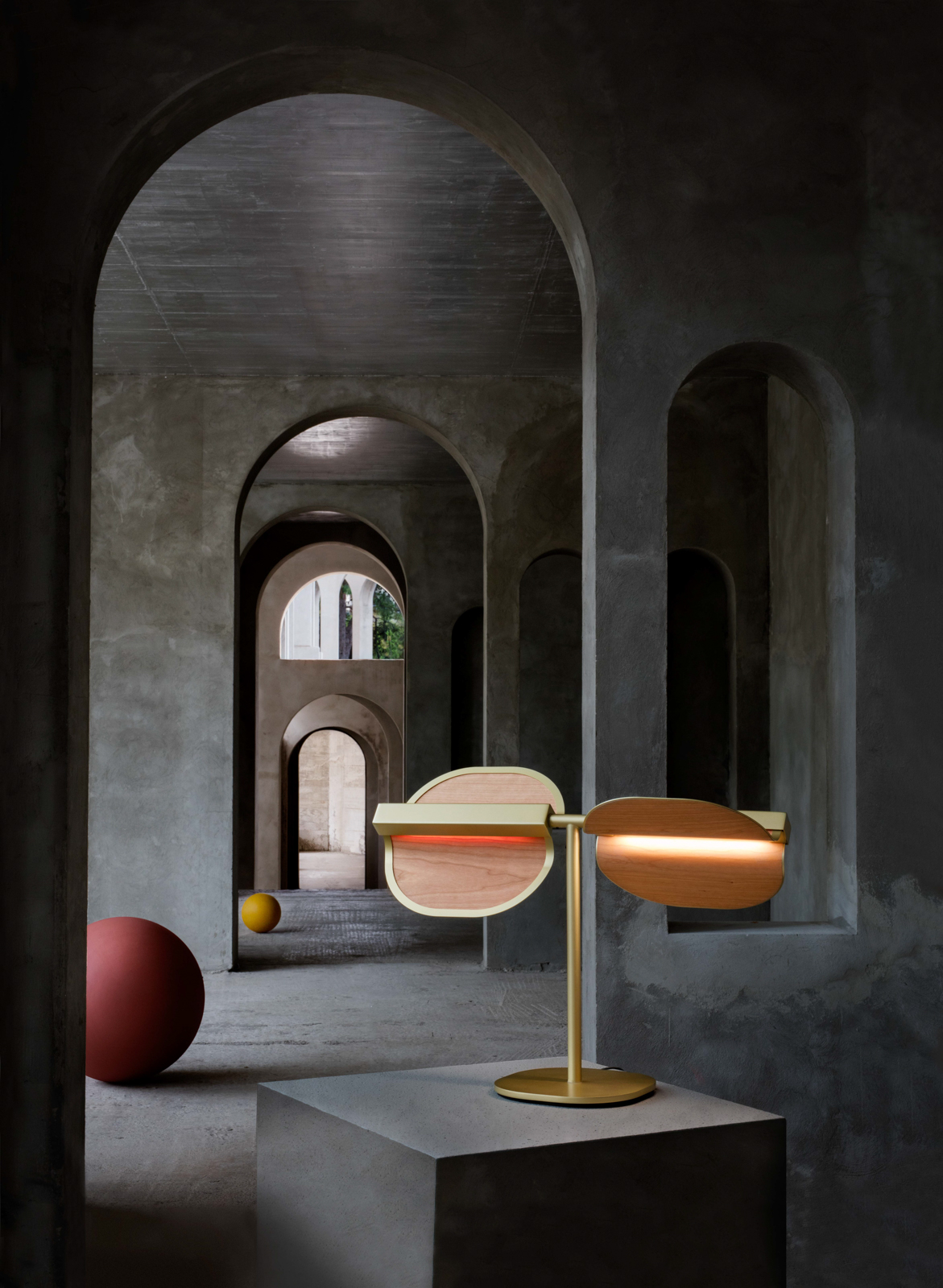
The Omma Table lamp designed by Eli Gutierrez for LZF.
I think we are like travellers, with an open mind and gaze, attentive to details, and trying to reshape the traditional codes of our environment in an eloquent and fresh way.
How do you balance function with the aesthetic quality of a design?
(EG) Functionality is important, but sometimes it is not enough. For me, it’s about experiences and bringing them together in a product. It’s about having a critical attitude. For example, you don’t need to know everything there is about chairs in order to design a chair.
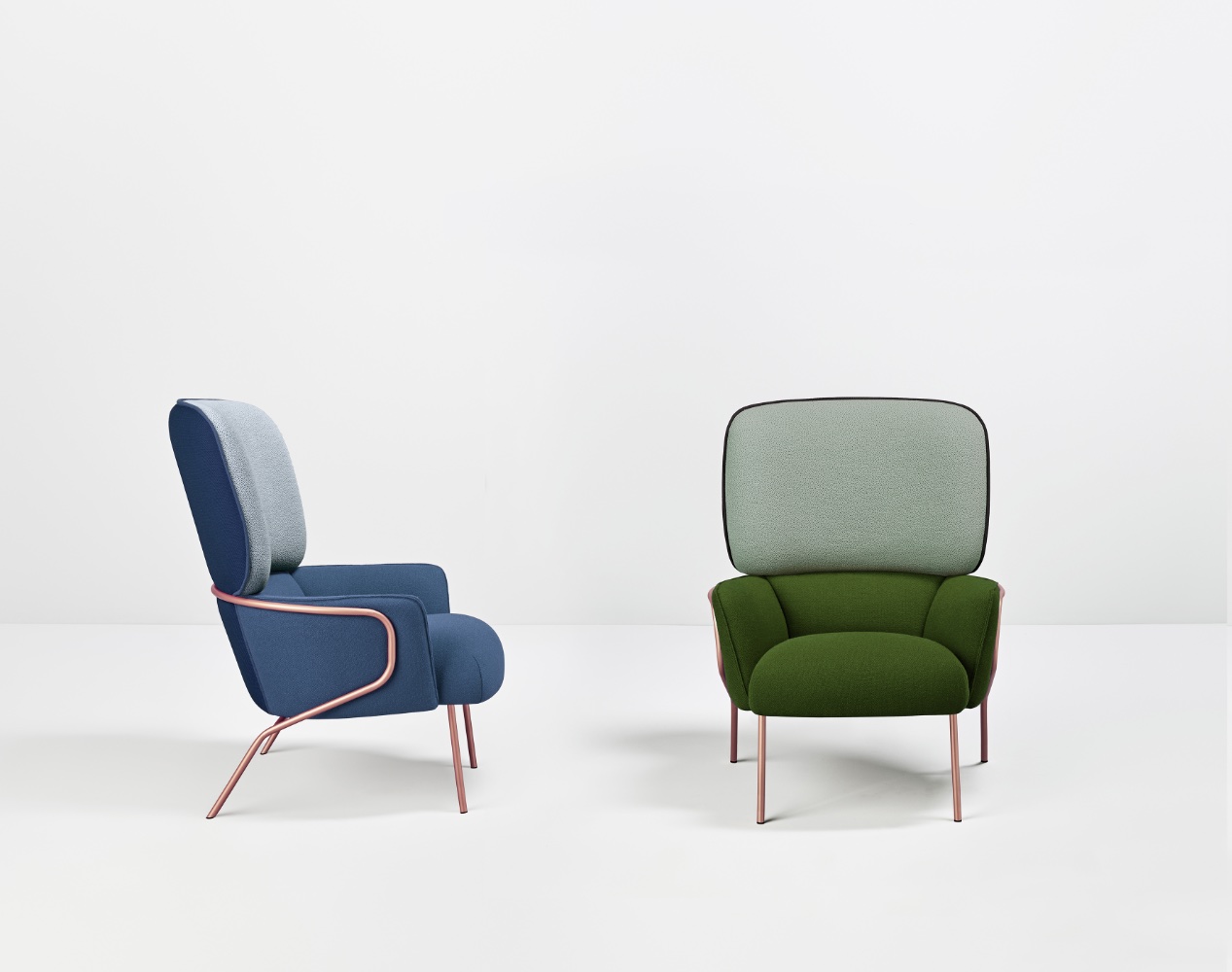
‘Cotton’ by Eli Gutierrez studio: an armchair for Valencia-based MISSANA. Photo © Cualiti.
When we design, I think it is useful to add subtle meanings and layers, drawing inspiration from art, movies, fashion, history, and everyday life. It could be a small detail that no one notices, but it helps us to enjoy the object even more, and adds another level of meaning.
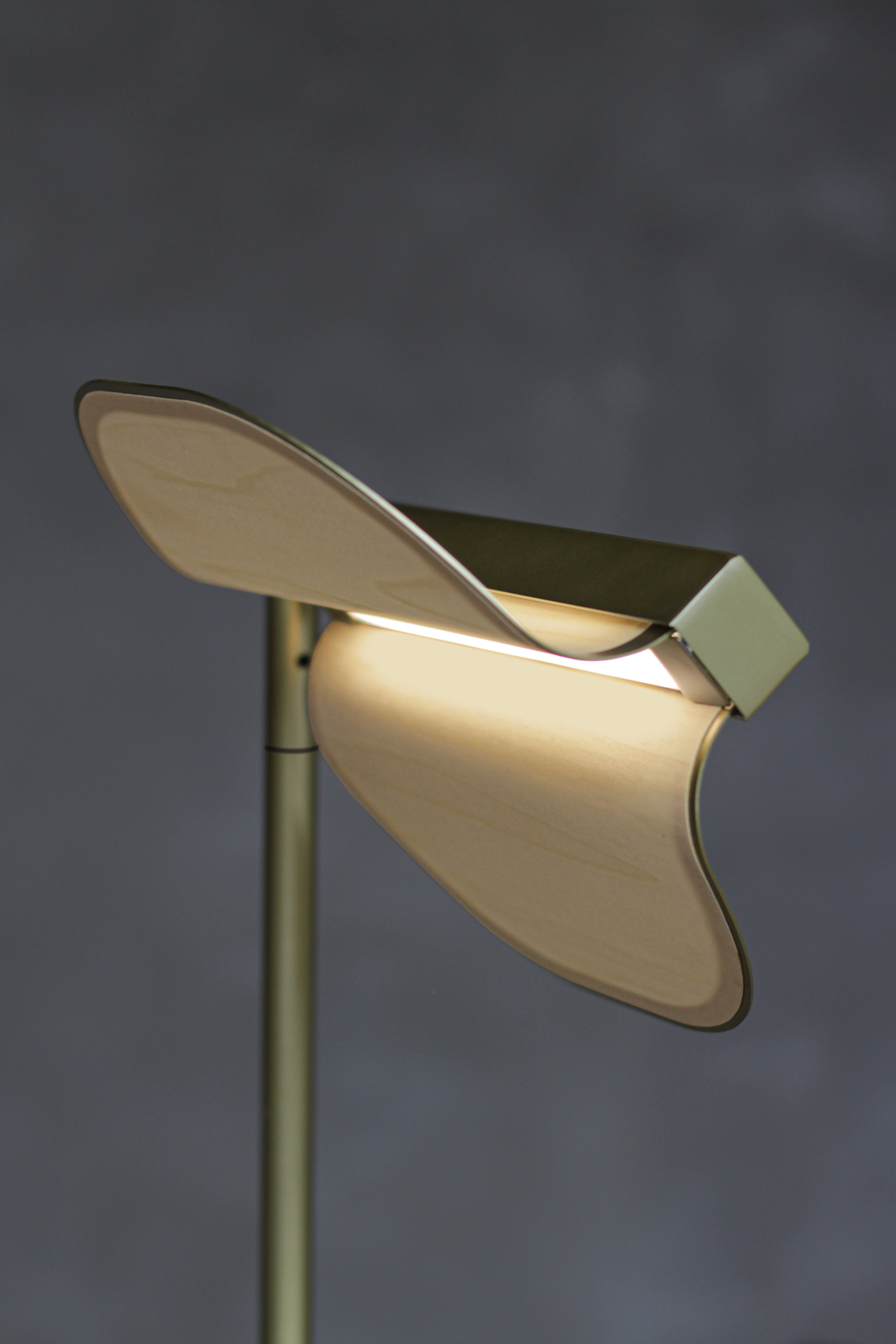
Omma in detail.
You’ve designed a new collection for LZF, with pieces that have a wonderfully distinctive character. How did you set about working on the collection?
(EG) For us, the starting point was how to control the light and wood veneer, the main material LZF works with. Wood is such a warm, inspiring, and noble material: the veins tell us stories and provoke emotions. Touching an object made from wood almost takes us back to its origins, to the tree from which it was cut—it has a really interesting memory.
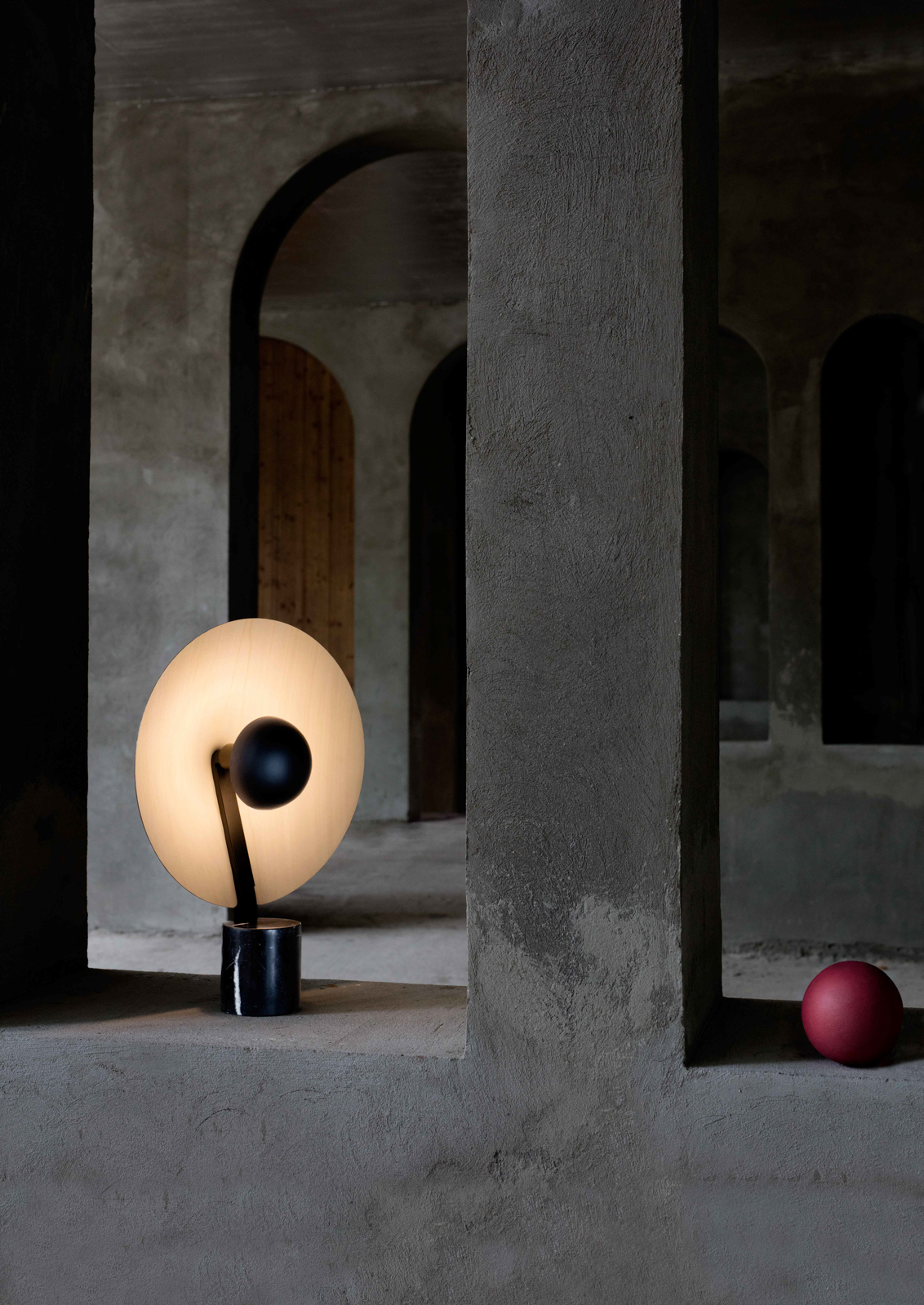
‘The cosy light’. The Kasa Table lamp designed by Eli Gutierrez for LZF.
Our aim was to take the two-dimensional veneer and create three-dimensional structures. A key part of the process was using our hands to try and understand the possibilities. When creating something, it is important to understand how it feels, works, and interacts with light. Taken together, this helped us to achieve the final design.
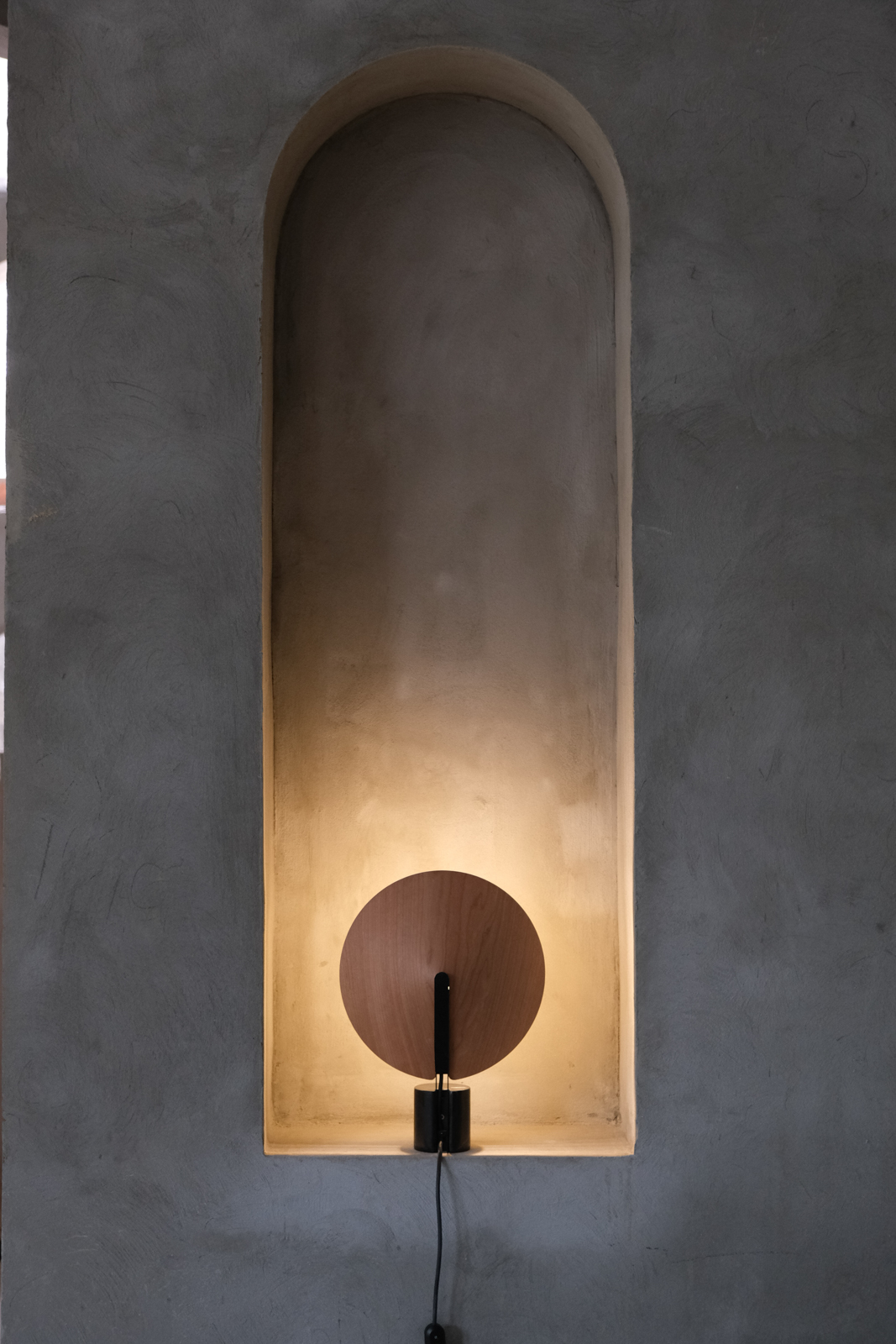
The Kasa Table lamp designed by Eli Gutierrez for LZF.
For both LZF and ourselves, it was a big challenge. From solving the problems that would arise to evolving in a way that produced unexpected solutions—this made for an enjoyable developmental process. You need to enjoy the process and to see opportunities where there might be some difficulties.
What attracted you to working with LZF?
(EG) We love LZF’s honesty and found the genuine combination of craftsmanship and technology both interesting and appealing. One key point for us was in the human side of the company: the vision that co-founders Mariví Calvo and Sandro Tothill, along with the entire LZF team, have about lighting and materials—it is a unique thing.
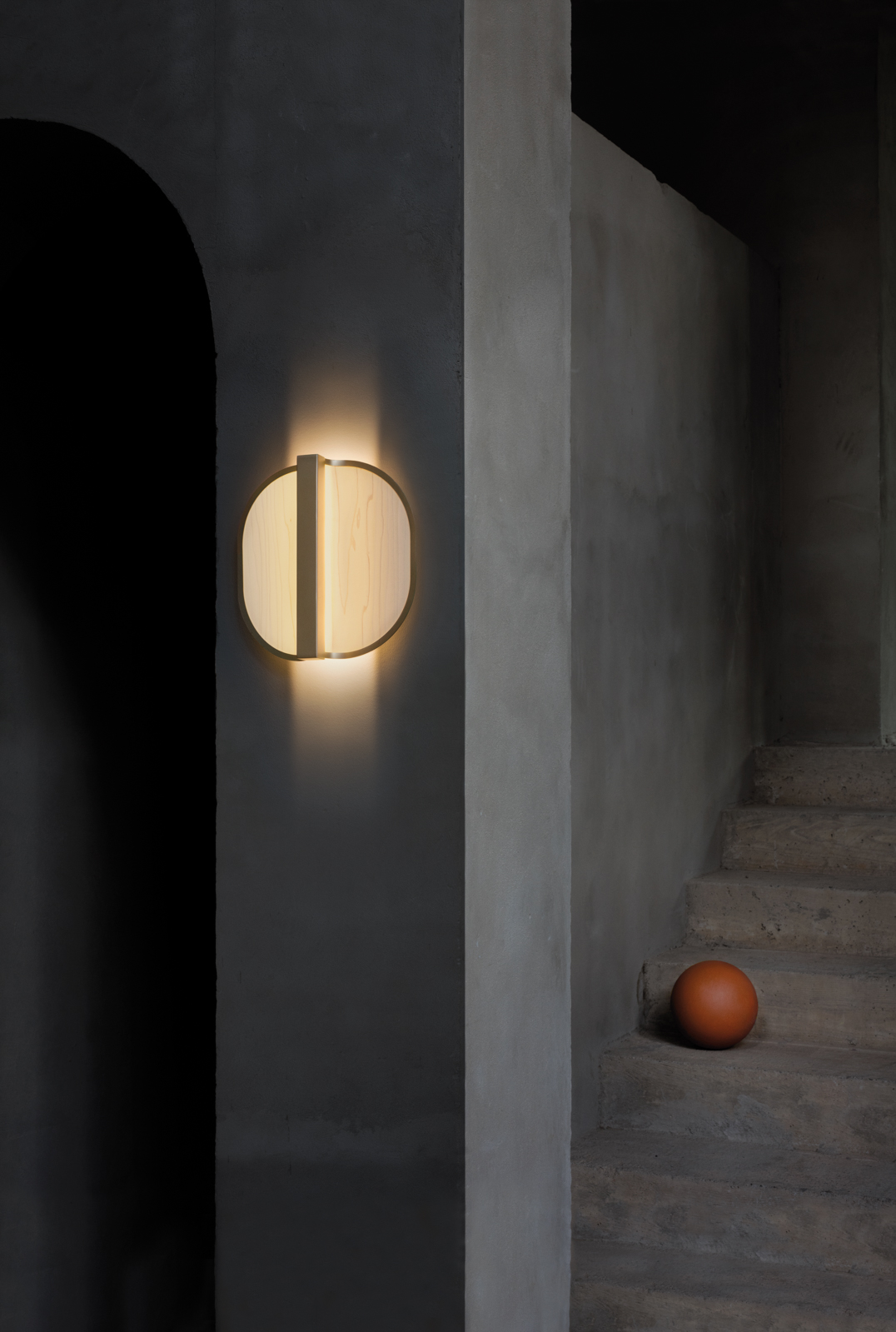
The Omma Wall lamp designed by Eli Gutierrez for LZF.
LZF is concerned about the durability of the lamps it is producing, the craftsmanship, the importance of manufacturing locally, and building lamps that will last. The company’s strongly intended direction is valuable and positive, especially now as we go through a period of economic, political, and social crises.
You have collaborated with a range of clients, across design industries. What do you look for in a collaborative relationship?
(EG) When working with different brands, the concept of empathy is important. You have to feel and understand the person in front of you. Dialogue with the client is fundamental for us—I think they know this and very much appreciate it. For each client, we interpret the brand’s DNA and what is required, while respecting their identity, roots, and heritage. We are a serious studio and like to work hard, qualities we believe appeal to some of our clients.
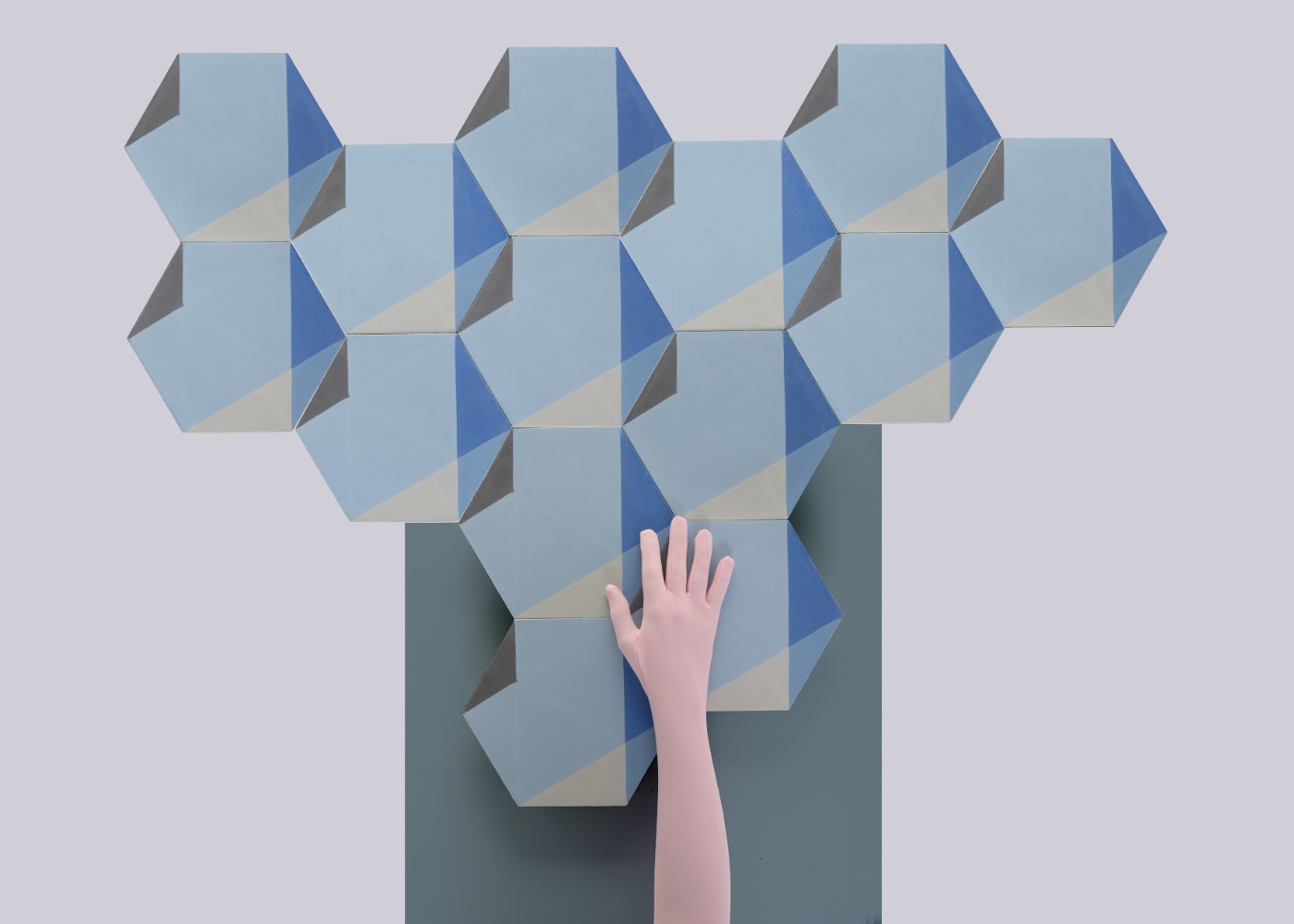
‘Papirus’ by Eli Gutierrez studio: interprets the art of paper folding as a ceramic tile. Designed for cement tile manufacturer Cimenterie de la Tour. Photo © Tato Baeza.
Is there someone or something that particularly inspires you creatively?
(EG) My inspiration comes from everywhere: places, streets, cities, people, objects. I like to sit down with a notebook and pen in hand. I like to observe everything that surrounds me—it’s my greatest source of inspiration. It is the unexpected things that usually catch my attention and inspire me the most.
Today, with travel restricted due to the pandemic, I am in Valencia all the time. But it’s nothing to complain about—Valencia is a great city, with lots of possibilities if you search for them.

